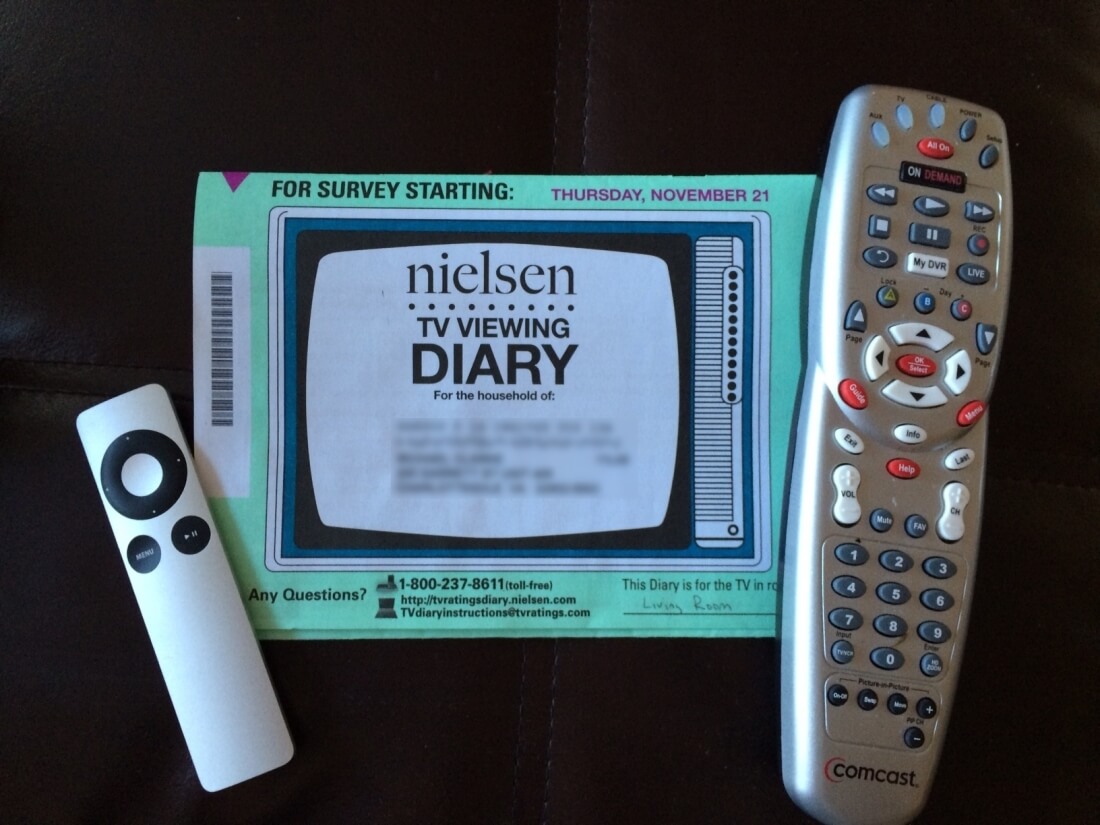
Nielsen has done an admirable job in keeping pace with the changing ways we consume media. The television ratings giant already tracks TV content watched via over-the-top devices but up to this point, all of that data has been bunched together.
From April 25, Nielsen will offer its clients a brand-level breakdown of connected devices including Amazon Fire TV, Apple TV, Google Chromecast, Microsoft Xbox, Roku, Sony PlayStation and Nintendo Wii. The firm will also include data on device type such as game console, media-streaming player, Internet-enabled DVD player and smart TV.
The metrics will tell Nielsen clients how many homes own connected TV devices, which specific devices they own and how much time end-users spend with them.

Nielsen is also creating a new data set called Total Use of Television (TUT). As the name suggests, this metric combines traditional television usage data with that of connected TV devices to provide a complete view of the TV landscape.
As you may know, Nielsen doesn't track what everybody watches. Instead, it collects data from a very small sample size of homes which it calls the National panel that agree to share their viewing habits with the company. Nielsen says it currently has 40,000 households on its panel that contain over 100,000 TV sets and more than 50,000 connected TV devices – all of which are measured by the company.